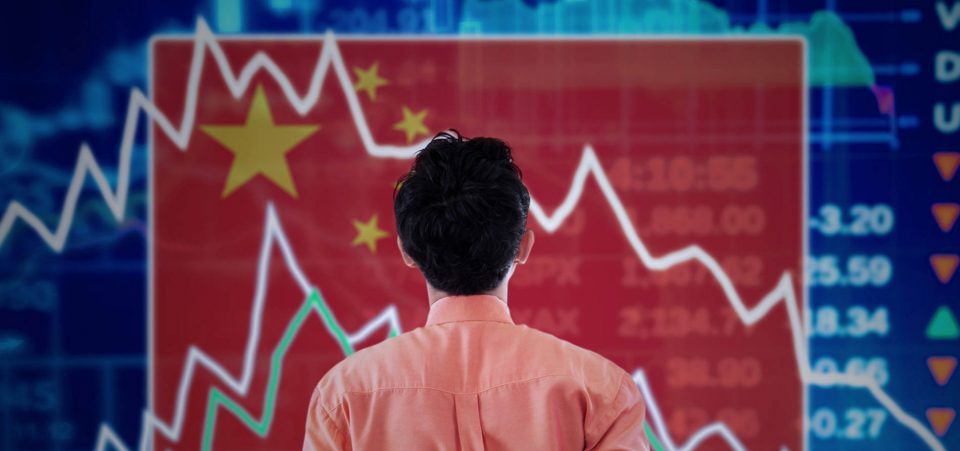Low Investor Confidence Explains Why Chinese Stocks Struggled in 2016
Chinese stocks have ended the year with a loss. By the last session of 2016, the Shanghai Composite Index dropped over 12%. Any sign of resistance from the world’s second-largest economy was futile. Indeed, the last trading day of the year merely confirmed the bearish trend that prevailed in 2016. Clearly, there is low investor confidence, but why?
The Chinese stock exchanges collapsed in 2016. They have recovered, but slowly, since they plunged last January. (Source: “China stock markets among world’s worst performers in 2016,” South China Morning Post, December 30, 2016.)
It’s true that Chinese stocks recovered nicely from their fall at the beginning of the year. The two major indices rebounded by 17% from last February’s bottom, but that was not enough. Still, compared to their American counterparts, Chinese stocks performed dismally.
Over the year, the Shanghai Stock Exchange lost 12.3%. By comparison, the Dow Jones index is on track to finish the year 2016 with an over-10% gain. If there is good news for China, it’s that fundamentals may be less to blame than other factors.
Many analysts blame market regulators and a weak yuan. The latter has encouraged investors to seek safe havens overseas. Indeed, capital flight was one of the characteristics of 2016 for the Chinese economy. (Source: Ibid.)
Moreover, the Shanghai and Shenzhen markets introduced a “circuit breaker” mechanism. This was meant to automatically block trades in case of a sharp decline of the indexes. Terrified at the prospect of being prevented from reselling their shares, stockholders sold and sold, testing that very mechanism.
Indeed, the high volume of sellers triggered it as the markets collapsed. This prompted Beijing to trigger the circuit breaker four days after regulators introduced it.
Regulators mismanaged their efforts to control volatility. Rather than stop it, they prompted a major meltdown of Chinese stocks. Chinese investors spent the rest of the year dealing with the effects. (Source: Ibid.)
Perhaps regulators have learned their lesson for 2017.
But regulators will face a hard test: they better be prepared. On January 20, President-elect Donald Trump will take over. China, rather than Russia, appears to be his foreign policy target.
But, in 2017, after the failed test of the circuit breaker (and the replacement of the head of the stock exchange), Chinese investors are left in a kind of limbo. They don’t have a direction. Fearing a repeat of last January’s collapse, investors have been reluctant to participate in the markets.
That might help explain why the recovery has been slow. The markets simply lack clarity. Add to that the shadow of the summer 2015 stock market crash. These shadows or turbulence, and the government’s failure to stem the collapse—despite massive interventions—have largely eroded the confidence of millions of individual shareholders.






